Many people associate the USA with Wild West films and cowboys. Indeed, many of us used to like smart and fearless cowboys and Wild West stories when they were kids. Those guys were skilful at opening a saloon door with a foot and drinking glasses of whiskey. They stood against the indigenous people of those lands who refused to obey white colonists.
- Navajo Reservation
- Monument Valley Navajo Tribal Park
- Admission fee
- Opening hours
- The Rules
- Scenic drive
Time passed by, and we studied the history. We changed our attitude to those stories. The Indians do not appear stupid and ignorant tribes who didn’t understand the benefits of cooperation with the colonists. Today the North American Indians are perceived as true patriots of their land which indigenously belonged to them. Unfortunately a gun has turned out to be much stronger than a bow and a tomahawk. Nearly 95 million out of 114 million indigenous people were killed over the five centuries of colonization of the North America.
Today, only 1.5% of the total U.S. population (318 million) are Indians. Some of them live in urban areas, but the most live fairly isolated in places called reservations. A reservation is a land that is completely under the control of an Indian tribe and has its own self-government bodies. Both the state laws and tribe’s laws operate there. The Indians are exempted from state income tax; however they pay other applicable federal taxes. In addition, they completely own the land where the reservation is located and can use it as they think necessary. Some even open gambling houses which are strictly prohibited in other states except Nevada. Reservations account for about 2.3% of the entire territory of the United States. There are about 300 reservations, but we’ll be talking about the biggest one.
Navajo Reservation
With an area of 64.7 thousand square kilometres, the reservation is located within the states of Utah, Arizona and New Mexico. This territory can be safely called a “state in the state”, because the reservation has its own governance bodies and, besides, there is a special code of rules and laws that operate there. Interestingly, the language of this tribe was used as a secret code during the World War II because it is unusually difficult to understand and perceive. It is believed that if you’re not Navajo, it would be very hard for you to master their language.
Today there are 250 thousand people who live very poorly in terms of the US living standards. Almost half of them are unemployed. About 15 thousand homes in the reservation have no power supply and look like dugouts. That’s why the problem of earning money is quite a big problem for the Indians. However, unlike other tribes, the Navajo have a unique park in their possession, a gift of nature – the Monument Valley that becomes a main source of income for the tribe. The Monument Valley doesn’t have a national park status meaning that all proceeds from admission fees remain at the disposal of the reservation. We certainly must pay tribute to the Indians who do take care of the Nature and don’t harm it. Rebellions initiated by the Indians forced the government to close down many mines that damaged the environment and stop cutting forest in some areas.
Monument Valley Navajo Tribal Park
The Monument Valley is the national symbol and the most beautiful landmark of the United States. With its unique huge stand-alone gigantic blocks of red-coloured sandstone, the park is readily recognizable on many promo leaflets. These bizarre forms can’t be confused with anything else. You’ll certainly know these rocks from the famous Marlboro promo campaign which made this place world-famous.
Situated along the border of two states, Utah and Arizona, the Monument Valley is a high plain that is part of the Colorado Plateau. There was a sea instead of today’s park many millions years ago. Sandstone was formed on the bottom of the sea due to movements of the Earth’s crust. After a long while, when the water receded, the plateau rose upward due to a shift of tectonic plates. At that point, the Sun and desert winds started working together: it took many thousand years to shape that landscape which can be seen now in the Valley. As a result, the plateau was completely destroyed, except for huge rocks, which are now the symbol of the entire Wild West.
Every rock has its name that corresponds to its appearance or reflects its story.
Admission fee
The Monument Valley is not a national park, so the annual pass normally valid for other National Parks doesn’t work here. This may cause misunderstanding at the entrance. The admission fee is 10 dollars per person or 20 dollars per car with up to 4 persons. The admission is free for children under 9 years.
Opening hours
The park is open all year round. In a high season (May to September) the park is open from 6 a.m. to 8.30 p.m. In a low season (October – late April) it is open from 8 a.m. to 4.30 p.m.
The Rules
While in the park you will have to adhere to certain rules established by the Navajos:
– Don’t pull off the road, don’t go outside the curb and don’t go deep into the park on rough terrain on your own. By doing so, you destroy the nature around. You can choose your own trail to walk or drive. All walking and driving options are available at the Info Centre, and the staff members are very helpful and can give many good advices and recommendations. You can also take a guide there.
– Don’t go enter if you see “No Entry” sign. If you saw it, don’t even try to ignore it! Remember, this is a private territory, and any unauthorized access can have bad consequences for you.
– Don’t take pictures of the park residents. There are many Indians on the territory of the Monument Valley, and some of them live in the houses right at the foot of the rocks. Make sure Navajo houses and their inhabitants don’t get caught in the lens of your camera while you’re taking pictures. It’s forbidden to take pictures without their permission. First you need to get authorization from a house owner and pay some tips to him.
– It is forbidden to climb the rocks in the park. Remember that the rocks are very fragile and any interference, such as driving pegs or other climbing equipment can destroy them.
– It is forbidden to make fire, collect stones or other natural materials found in the park.
– Do not throw garbage.
– Don’t take professional photos. If you are a professional photographer and would like to shoot in the park, get permission first from the park staff.
Try to make sure that your visit doesn’t damage the park because the Navajos do their best to keep this unique natural area as less exposed to human civilisation as possible. We must pay tribute to the Indians – the park looks amazing.
Scenic drive
This is the main road to drive around all the most beautiful rocks and formations. It is 17 miles long. Be ready to see your car red-coloured at the end of the route. It is that fine red sand that gives this place such a beautiful and distinctive look.
There is an info sign in front of each rock with the name of the rock and a brief description. Be ready to switch on your imagination to see mythical creatures and Indian spirits that have taken the form of stone sculptures.
The verdict we’ve made after the visit: the park is certainly worth visiting! Even if the Monument Valley is not on your road, re-plan your journey to see this symbol of the Wild West and the last refuge of its indigenous people!
Personally, I wanted to see the Monument Valley with my own eyes so much that we had to travel extra 800 km. I had to redesign our plans to get to the park. We spent the night before the visit at a hotel in the Navajo Reservation, and were surprised to see additional taxes in the hotel bill, which made the accommodation more expensive than offers outside the reservation. But the spectacular view we saw at dawn was worth every penny. My expectations proved true for 100% and the emotions were unforgettable. Highly recommended!

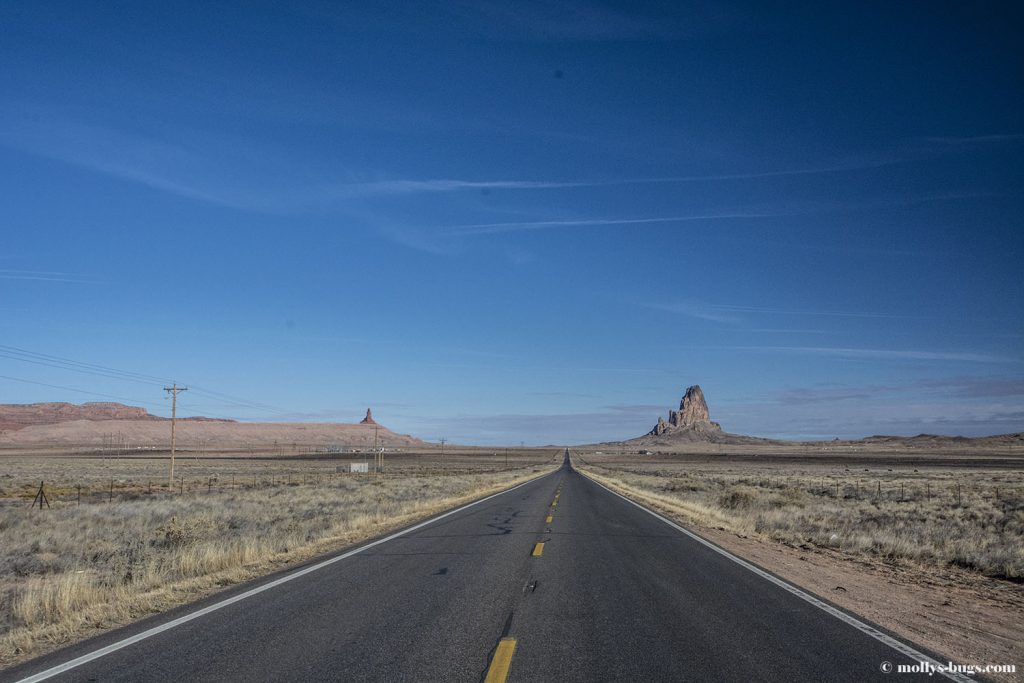
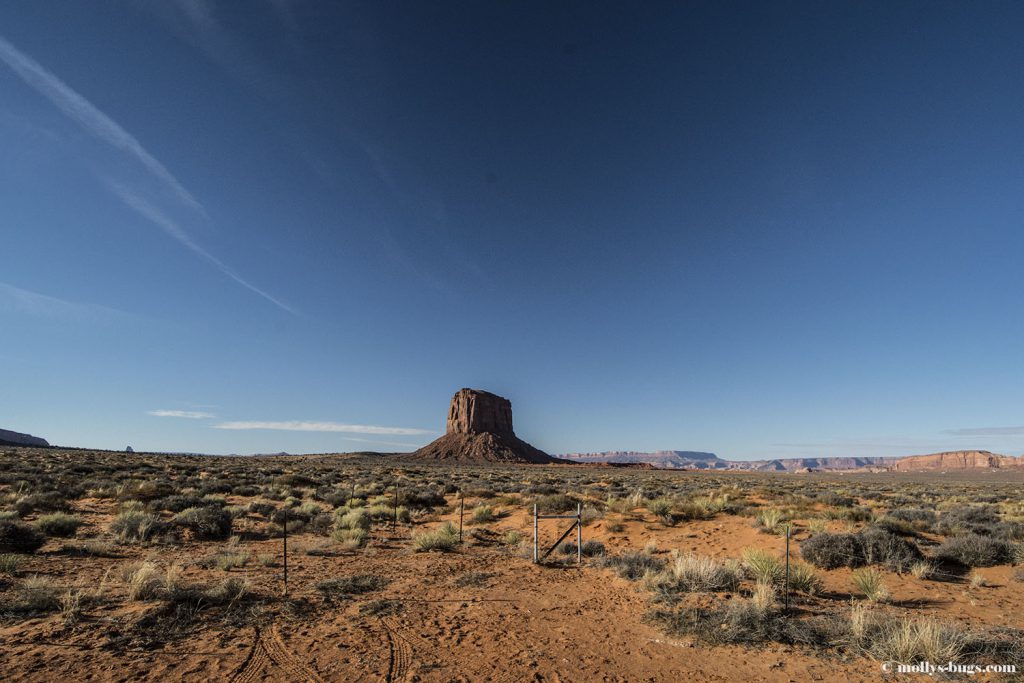
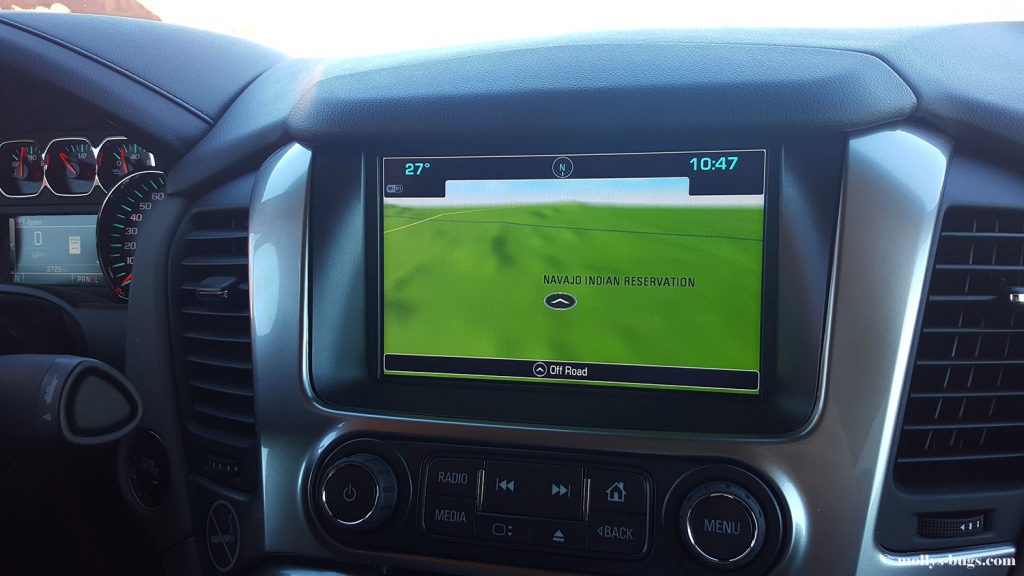
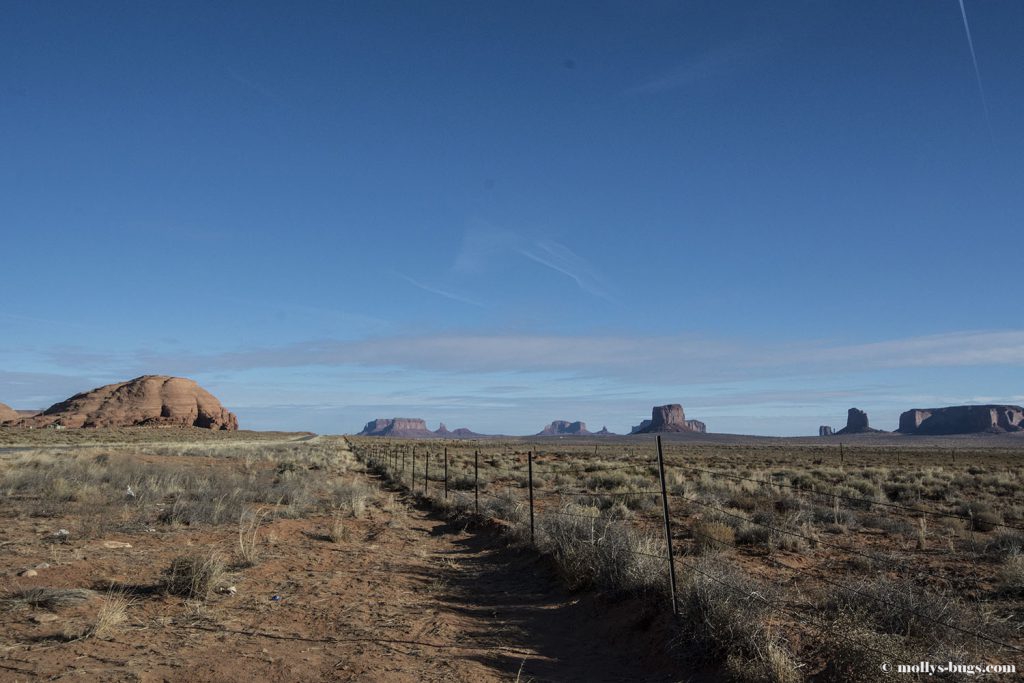
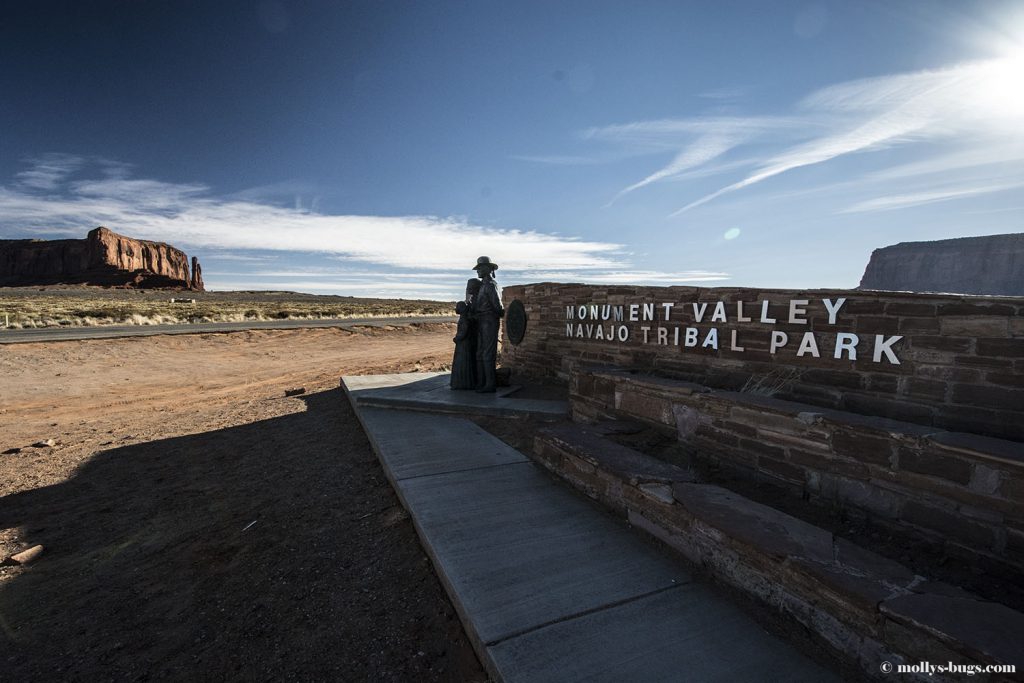
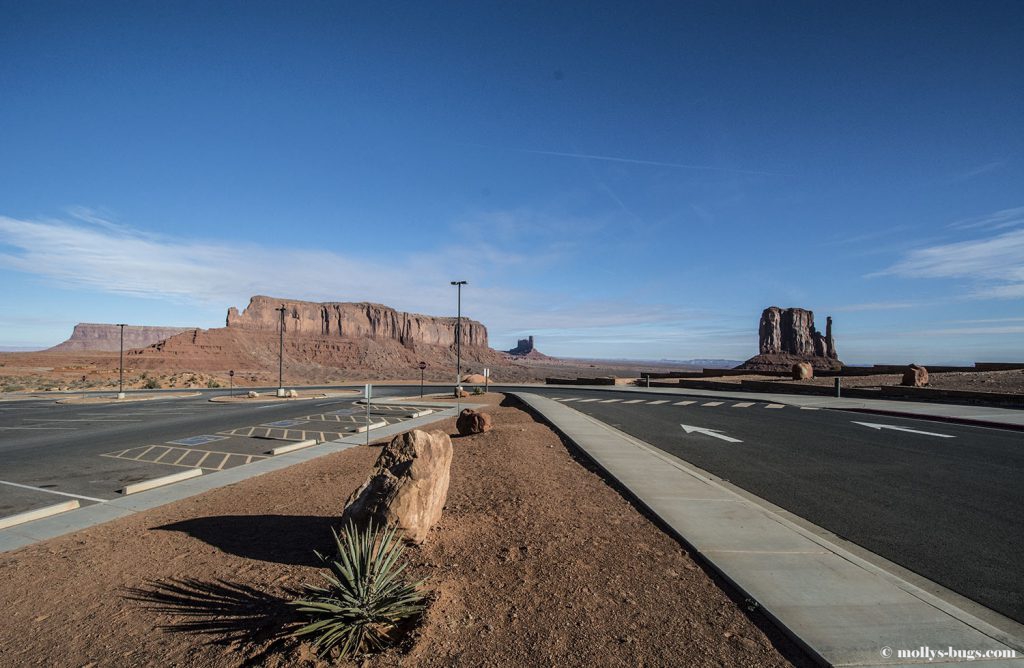
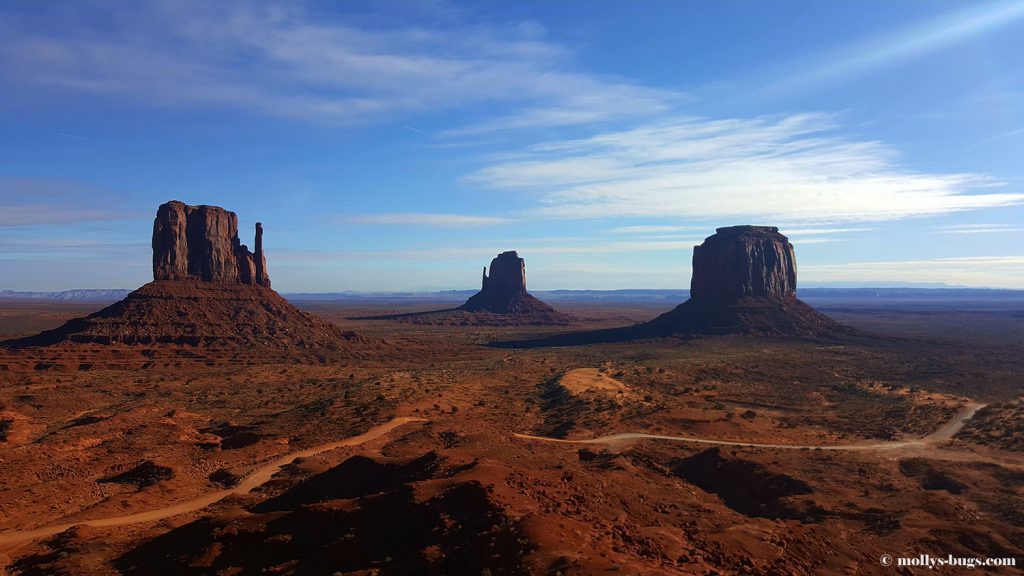
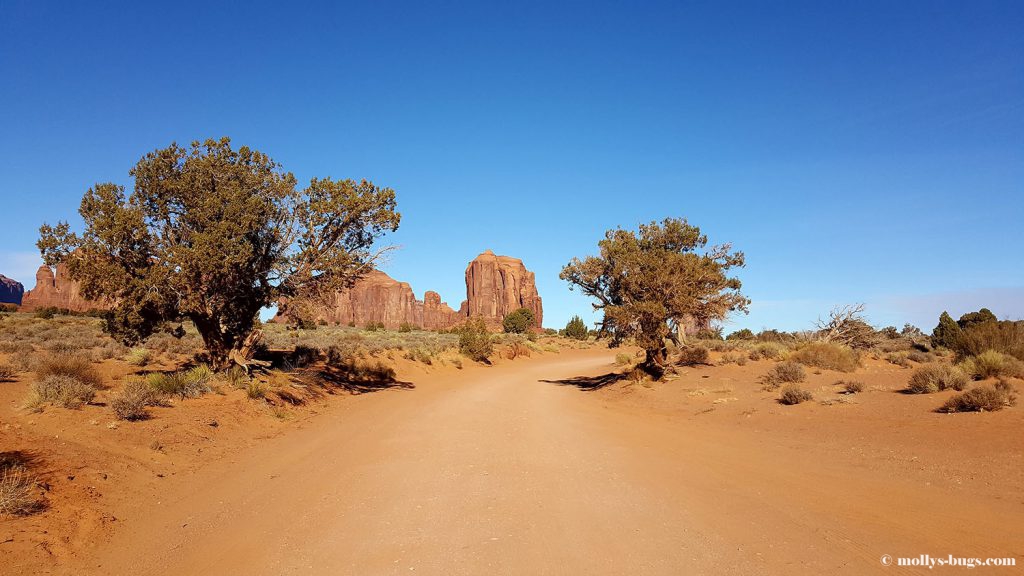
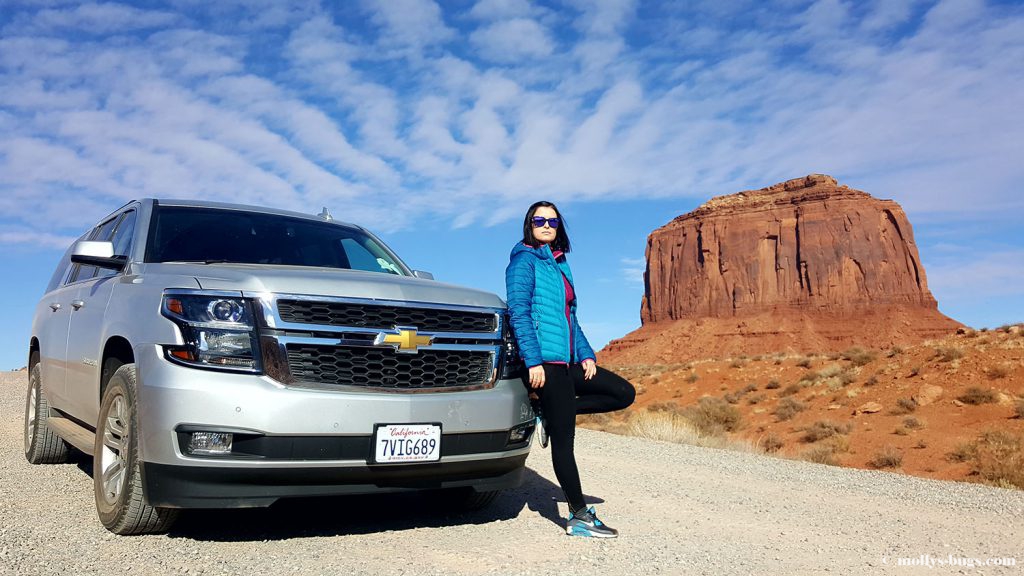
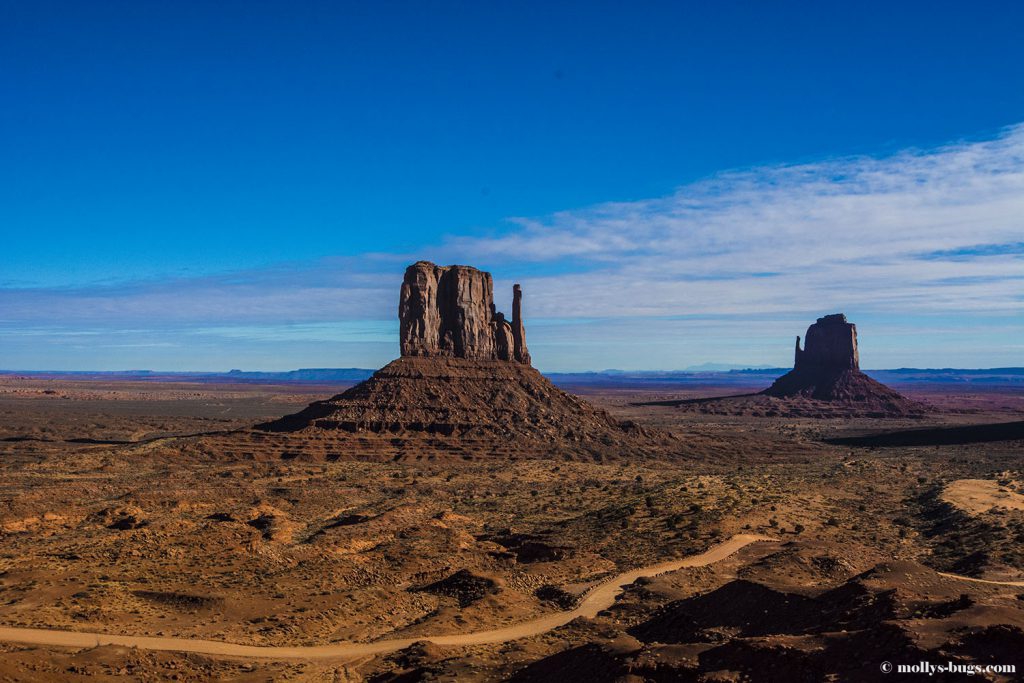
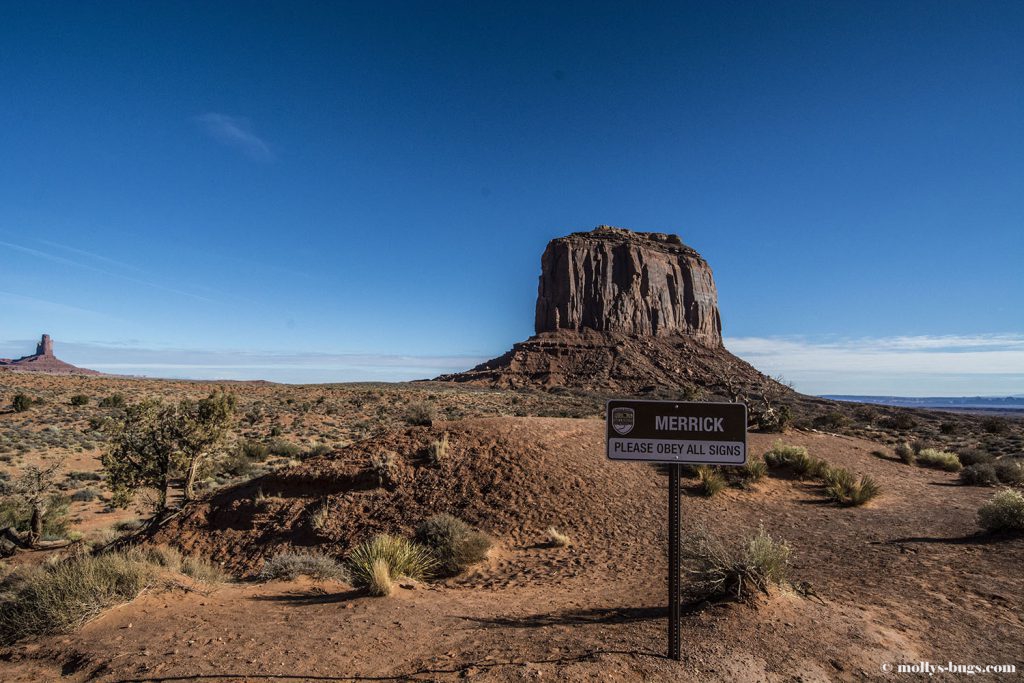
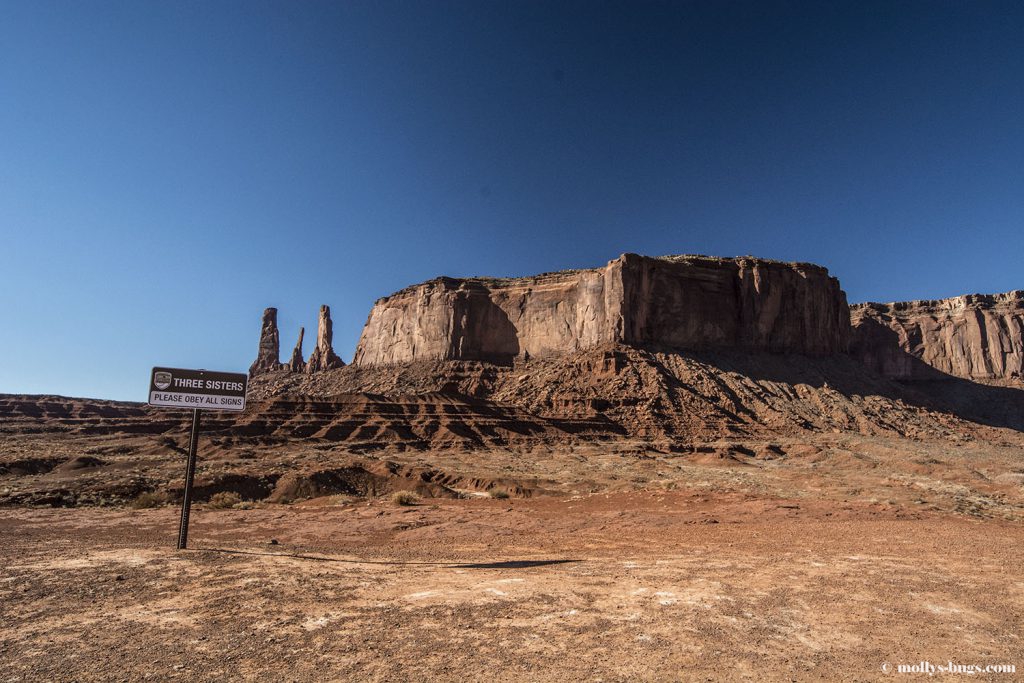
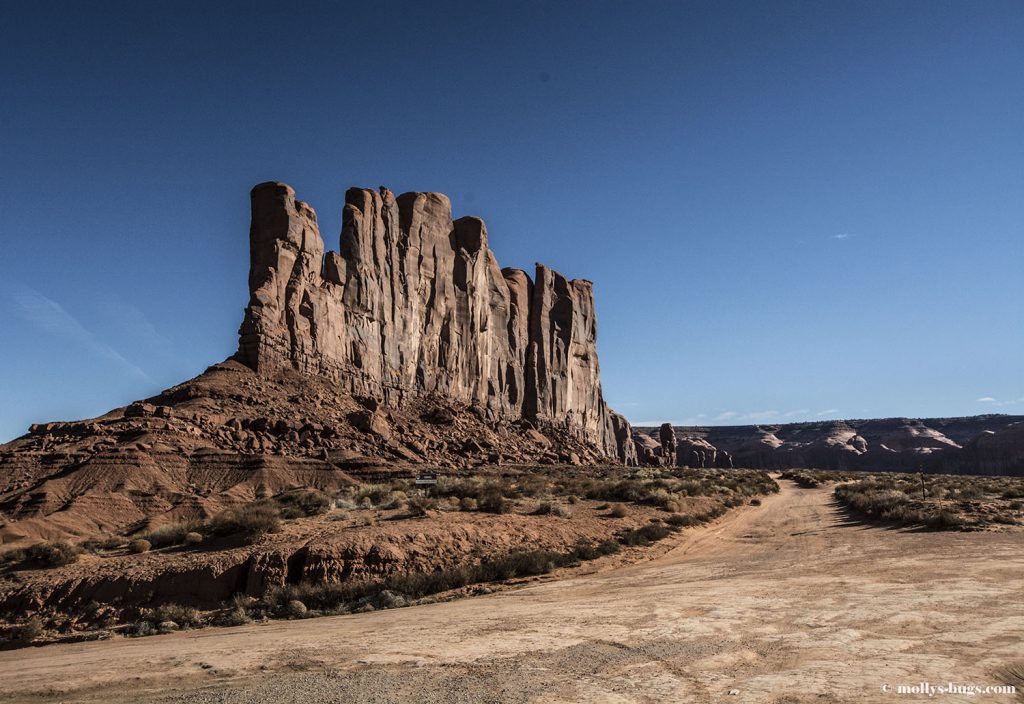

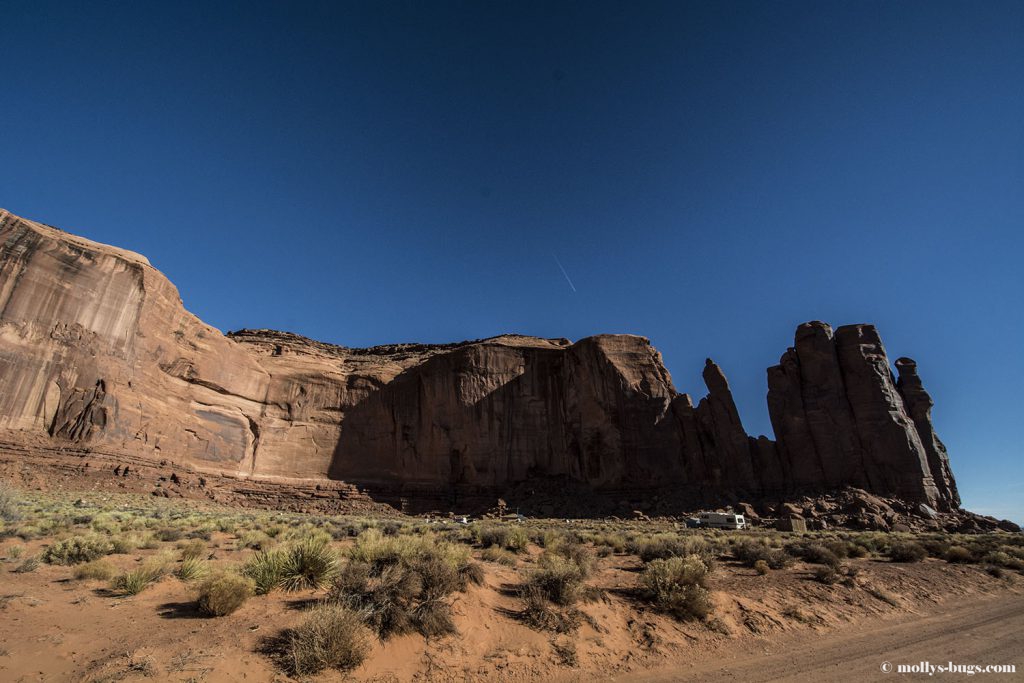
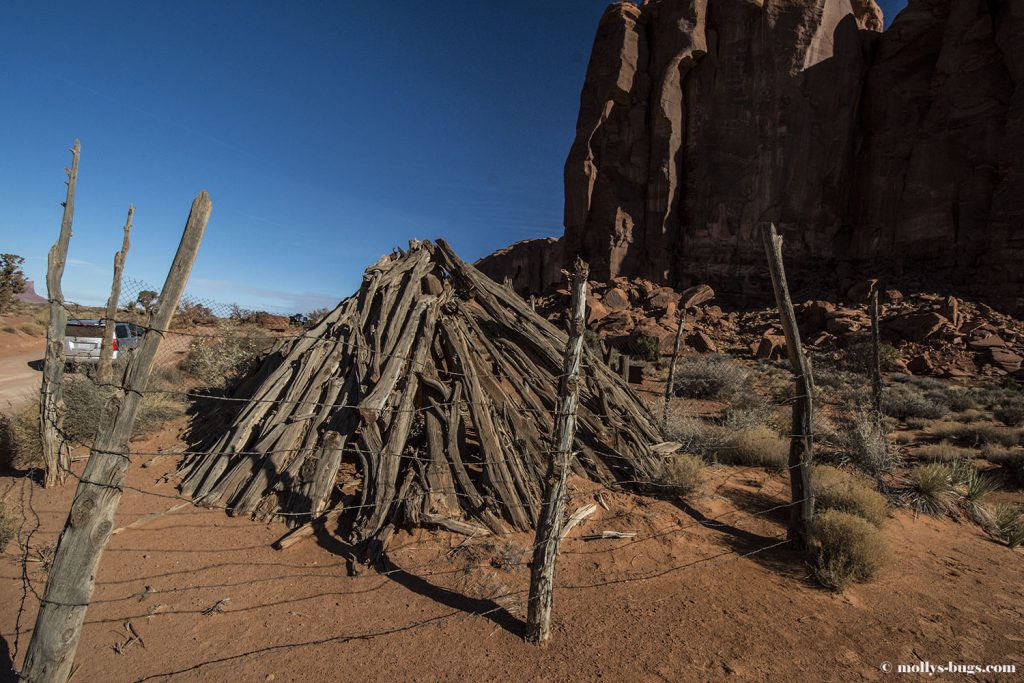
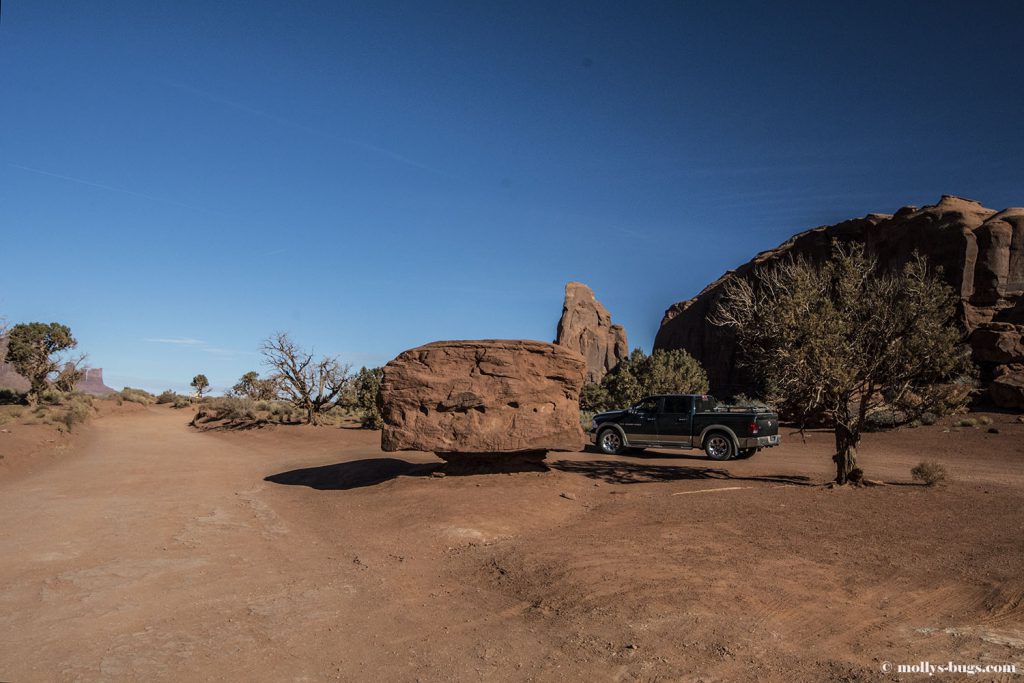
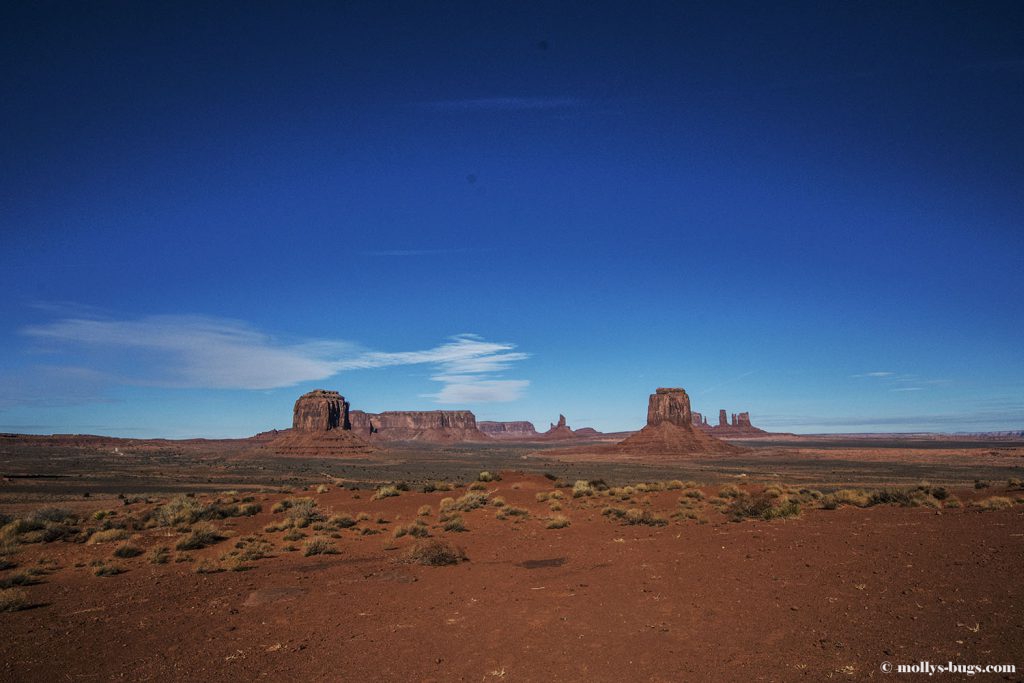
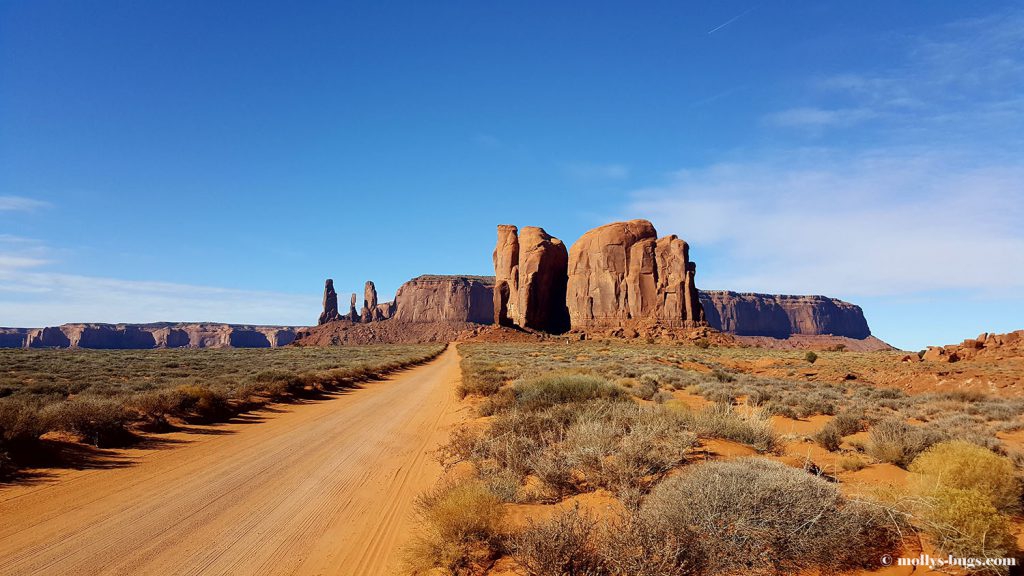
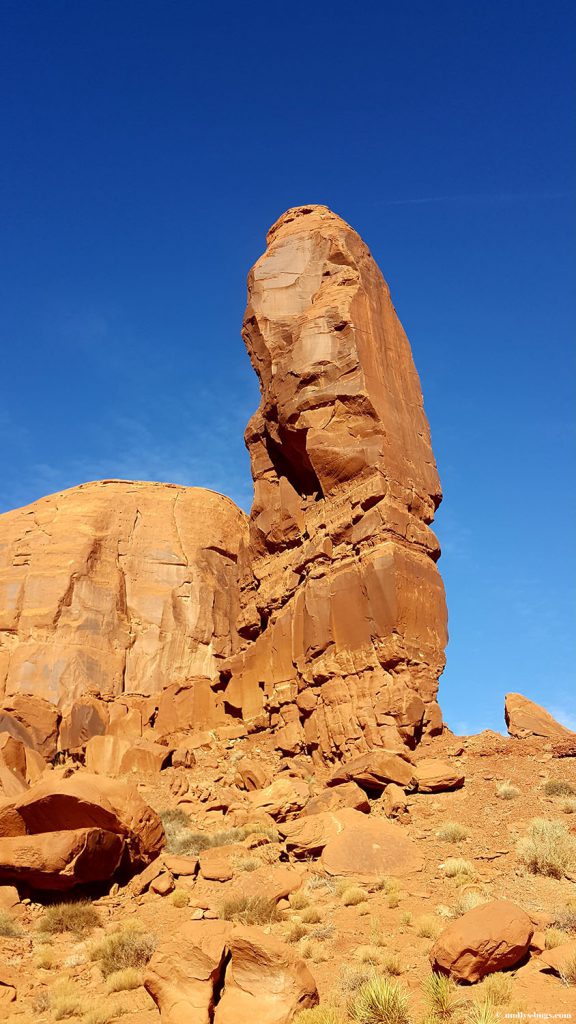
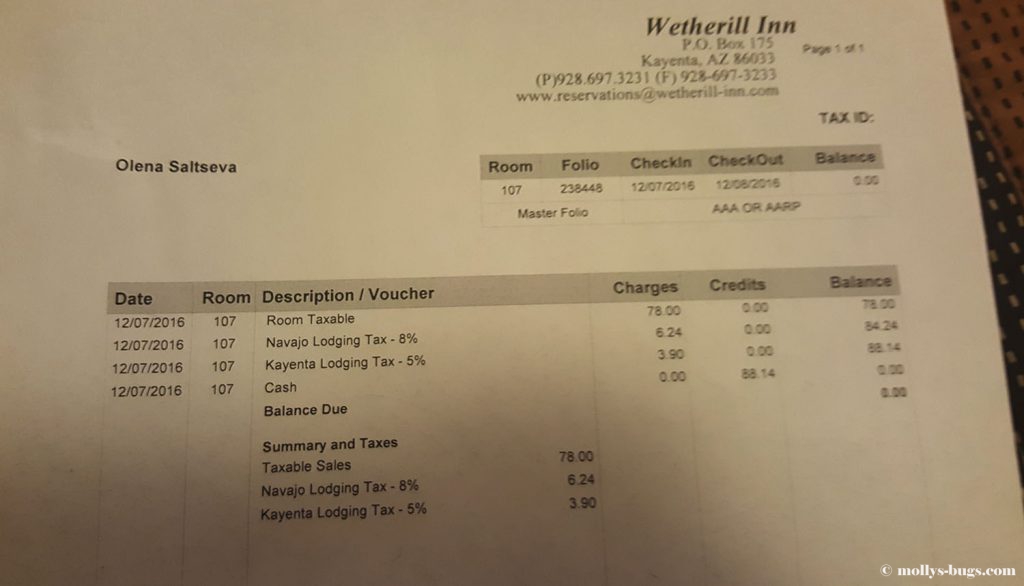
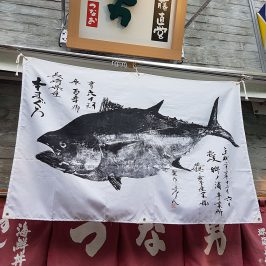
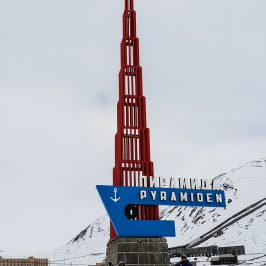
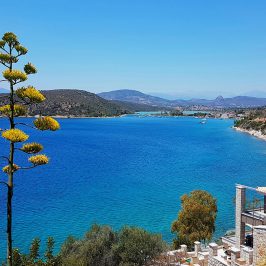

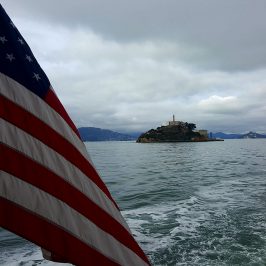
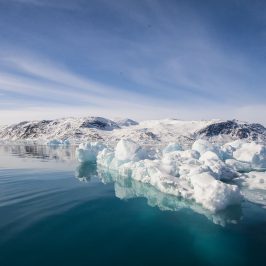
Leave a Reply